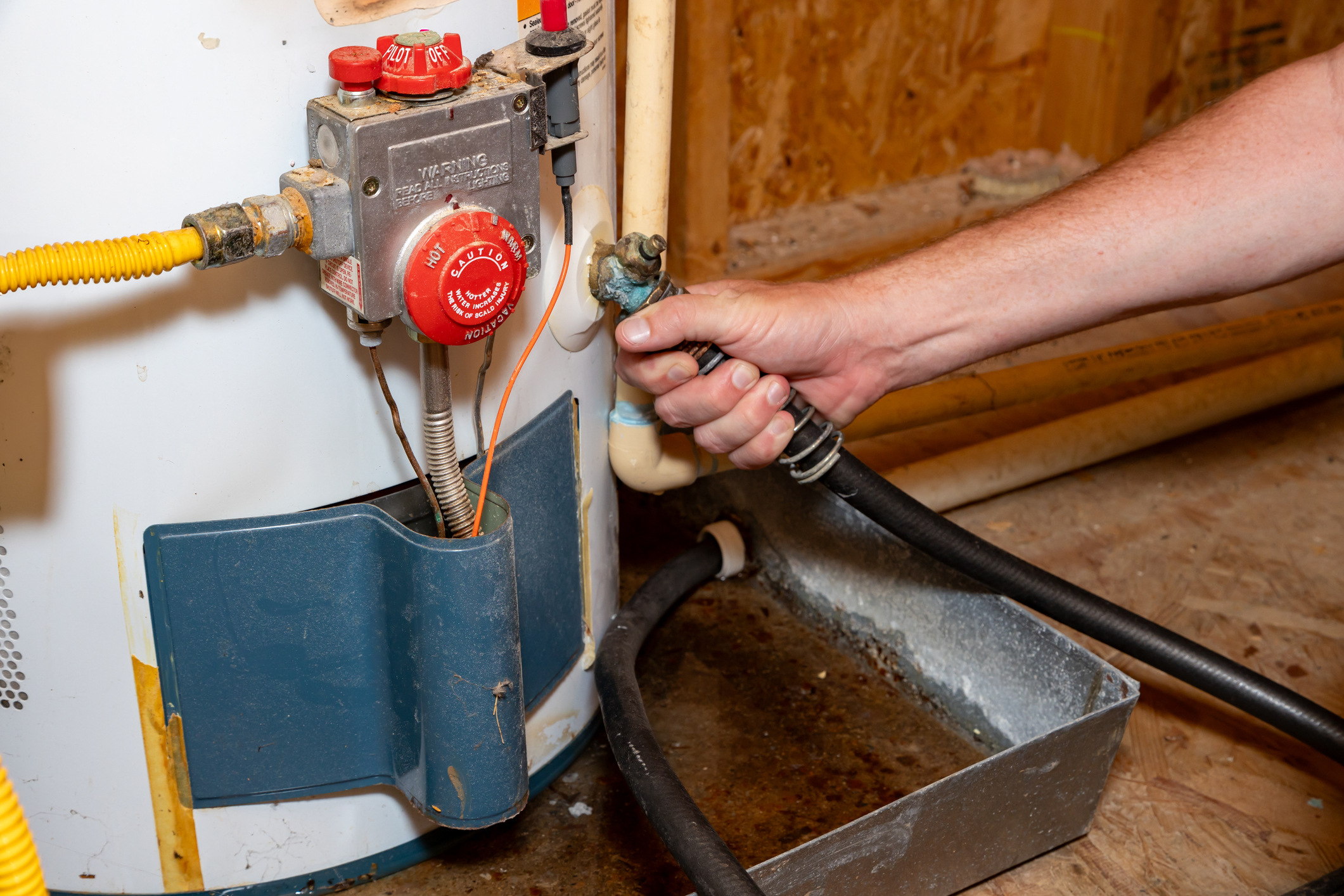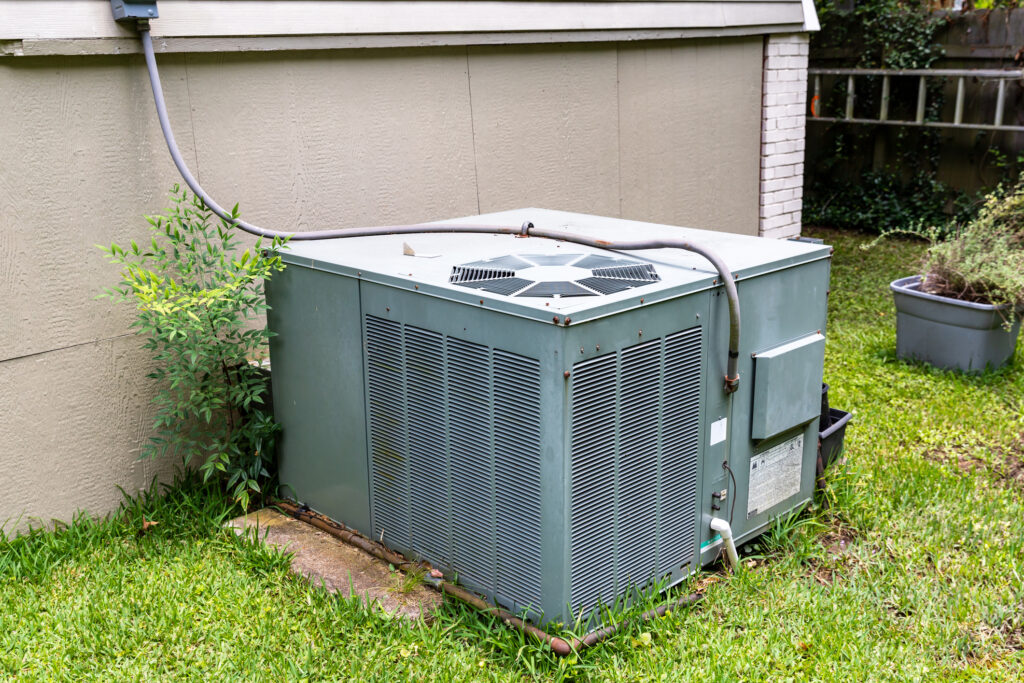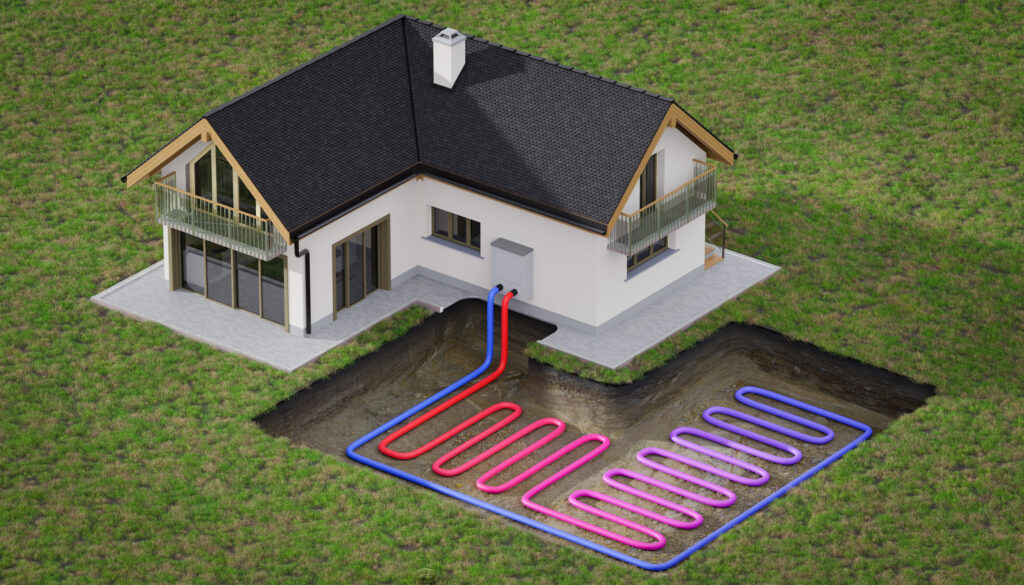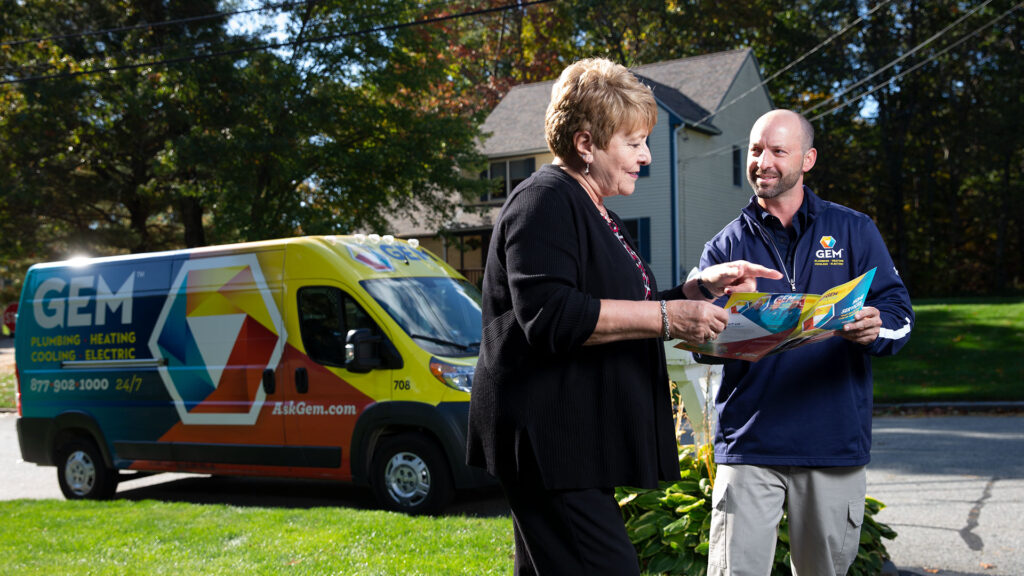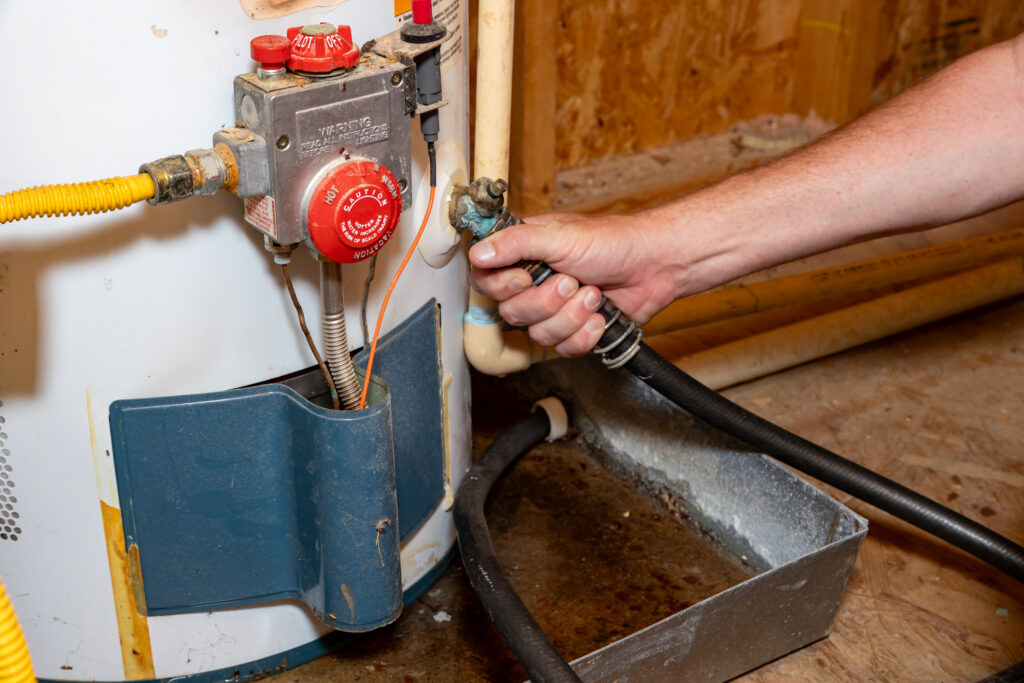
Hot water is a necessity, but it’s something we take for granted until it’s not there anymore. Regularly flushing your water heater is a key part of water heater maintenance that helps to ensure optimal performance, efficiency, and longevity. Flushing your water heater is often a simple DIY project that will help you take care of your unit so you always have hot water when you need it.
Here, GEM Plumbing & Heating explains the process for flushing a water heater and when you should schedule this service with a professional plumber.
How Often Should You Flush a Water Heater?
Over time, natural minerals in your water will build up in your water heater. Sand and grit from municipal water lines can also be flushed into your system. Flushing your water heater every six to 12 months removes this sediment buildup, protecting the system from damage and helping it perform efficiently.
The process will vary depending on what kind of water heater you have. Before you start, locate your home’s main water valve. You shouldn’t need it while flushing your water heater, but it’s good to know where it is if something goes wrong.
How to Flush a Conventional Water Heater
Conventional water heaters use a fuel source to heat water and store it in a tank until you need it. Flushing this tank doesn’t require professional expertise, making it easy for homeowners to do it regularly. While it’s best to rely on a professional for this maintenance, you can follow these steps:
- Turn the water heater off: Turn off the system’s thermostat and power supply. Electric water heaters generally have a switch in the breaker box. Gas water heaters typically have a gas supply switch on the pipe that leads to your thermometer. It’s best to turn off your water heater a few hours before flushing the tank to give the water time to cool down. Otherwise, be extremely careful, as you’ll be working with extremely hot water.
- Do a quick flush and turn off the water supply: Connect a hose to the drain valve and open it for a few seconds before closing it again. This will remove any sediment stuck in the valve and help the tank drain faster. Be sure to run your hose outside or into a bucket to catch what comes out. Then, shut off the water supply using the cold-water valve above the water heater.
- Turn on a hot water faucet: Opening the hot water faucets closest to your water heater will drain any remaining hot water and release pressure from the tank. Keeping these faucets open will prevent issues while draining or flushing the tank.
- Drain the tank and flush: Attach a hose before opening the drain valve to start draining water. Have a bucket or something to safely catch the water. Close the drain valve and empty the bucket as needed. Continue draining the tank until the water runs clear or stops flowing. Then, turn on the cold water supply to displace any remaining sediment and repeat this process until the water runs clear.
- Turn your water heater back on: When the water runs clear, close the drain valve and disconnect the hose. Close all hot water taps but one and turn the water supply back on. If you have a gas water heater, reignite the pilot light. If it’s electric, turn the power back on.
- Check for leaks: You’ll know the drain valve was closed properly if there are no leaks. If the drain valve doesn’t close completely, it may need to be replaced by a professional.
After completing this process and ensuring there are no leaks, you should have hot water again in about 20 minutes.
How to Flush a Tankless Water Heater
Tankless systems heat water as needed instead of storing pre-heated water in a tank. Even though tankless systems don’t have a tank, they still need to be flushed occasionally, though this process isn’t as simple as it is for conventional water heaters. Much of the prep work is the same, but you’ll need to use vinegar or a special water heater cleaner to clean all the sediment out of a tankless system.
Using a submersible pump can make the process easier and quicker. Otherwise, manually flushing a tankless water heater can be an hours- or days-long project. Flushing a tankless water heater is a complex process, and most homeowners don’t have a submersible pump. For this job, it’s best to call a professional.
How to Flush a Hybrid Water Heater
Hybrid water heaters work by extracting heat from the air and using that to heat water. Hybrid water heaters also use a hot water storage tank, so much of the process is the same as draining a conventional water heater. Key steps include:
- Shut off the power and water supplies.
- Attach a hose to the drain valve.
- Open the valve to drain water until it runs clear.
- Run cold water through the system to flush out any remaining sediment.
- Close the valve and detach the hose before turning everything back on.
Schedule Water Heater Maintenance
If you need help flushing your water heater, turn to GEM Plumbing & Heating. Our expert plumbers offer top-of-the-line water heater services, including installation, replacement, repair, and maintenance. We provide comprehensive maintenance tune-ups, including flushing, for any water heater.
Schedule water heater maintenance in Rhode Island or Massachusetts by calling GEM today.
